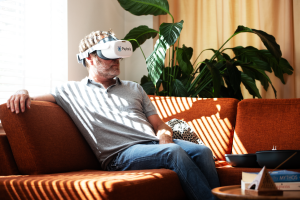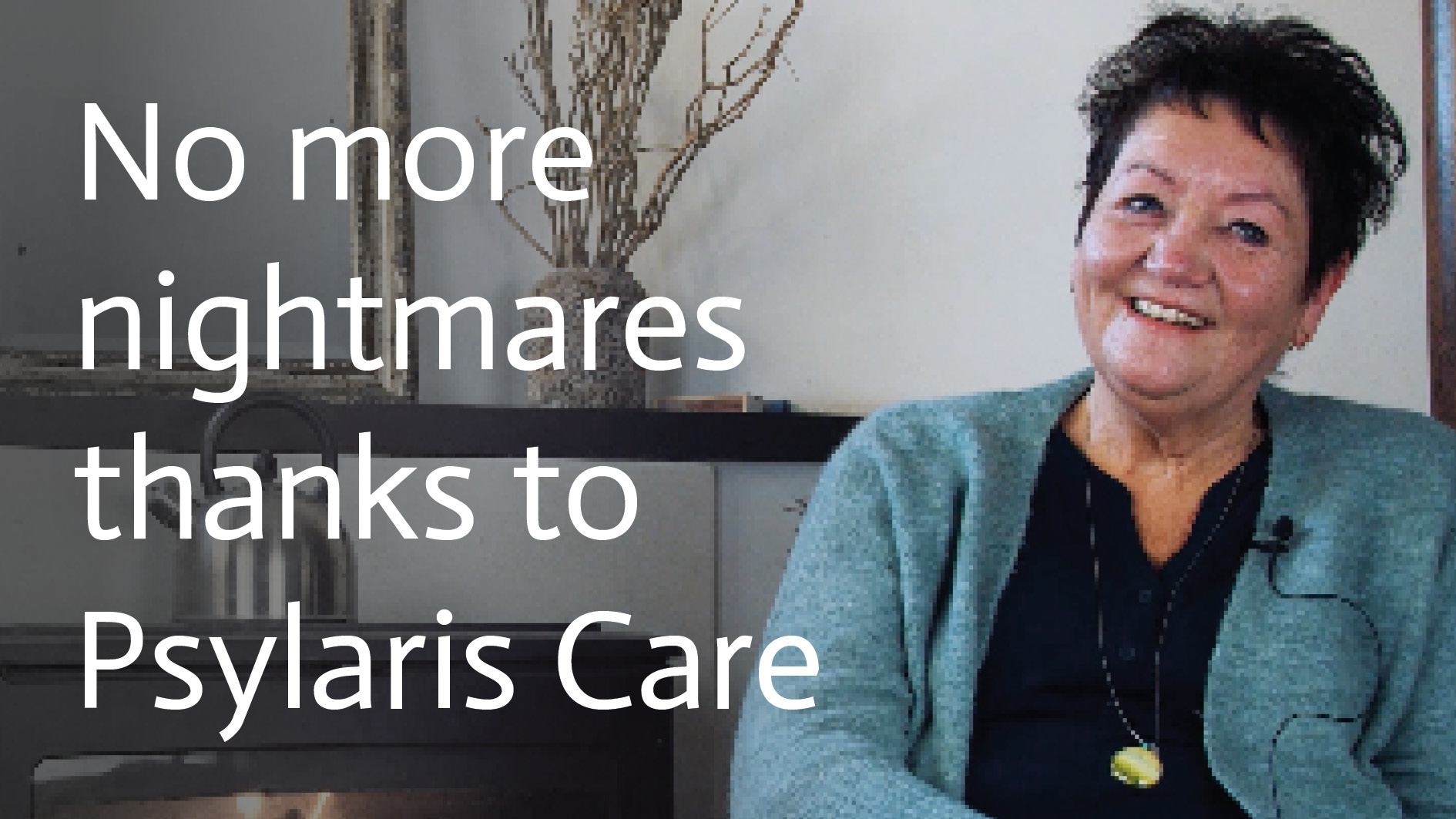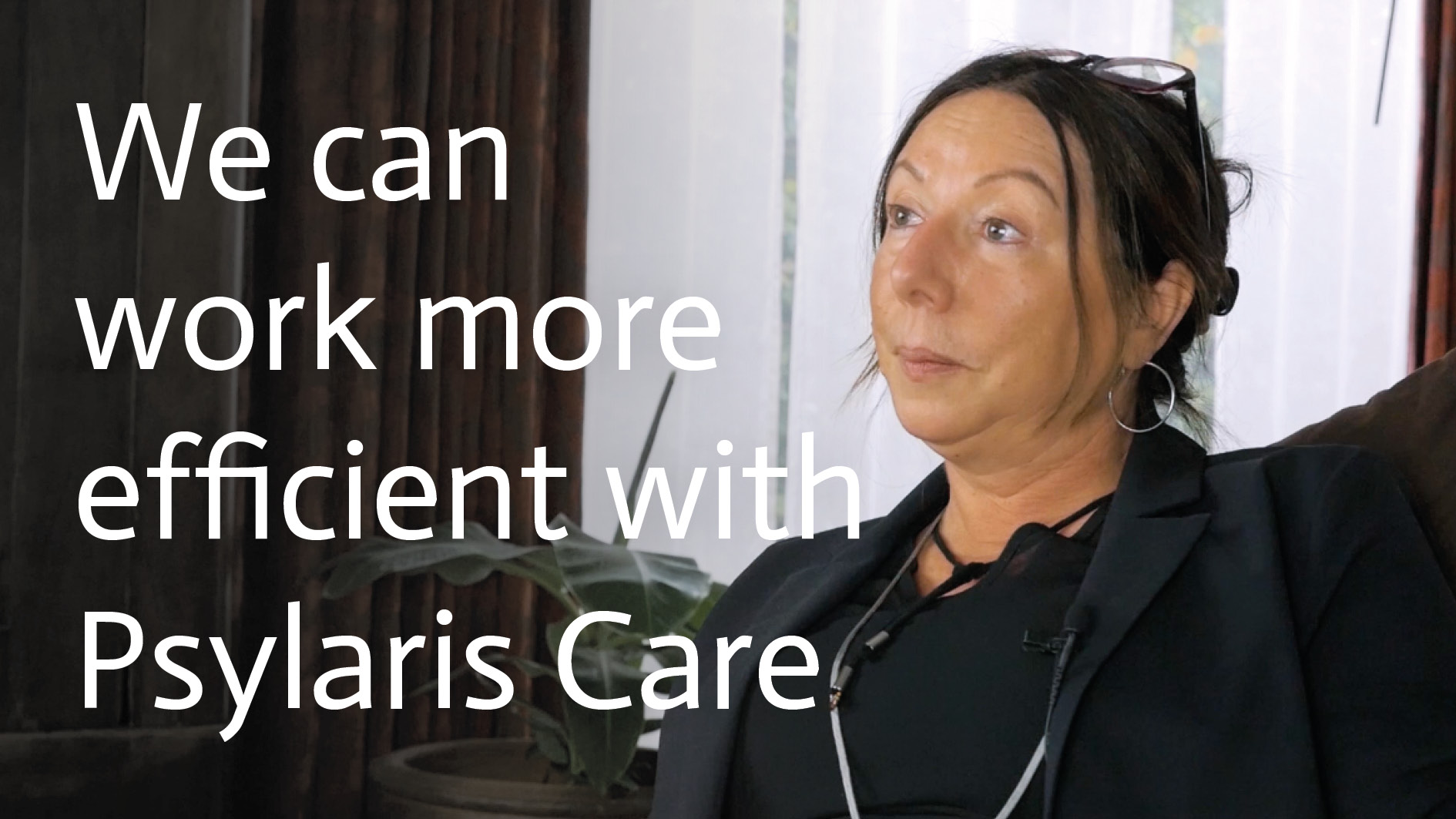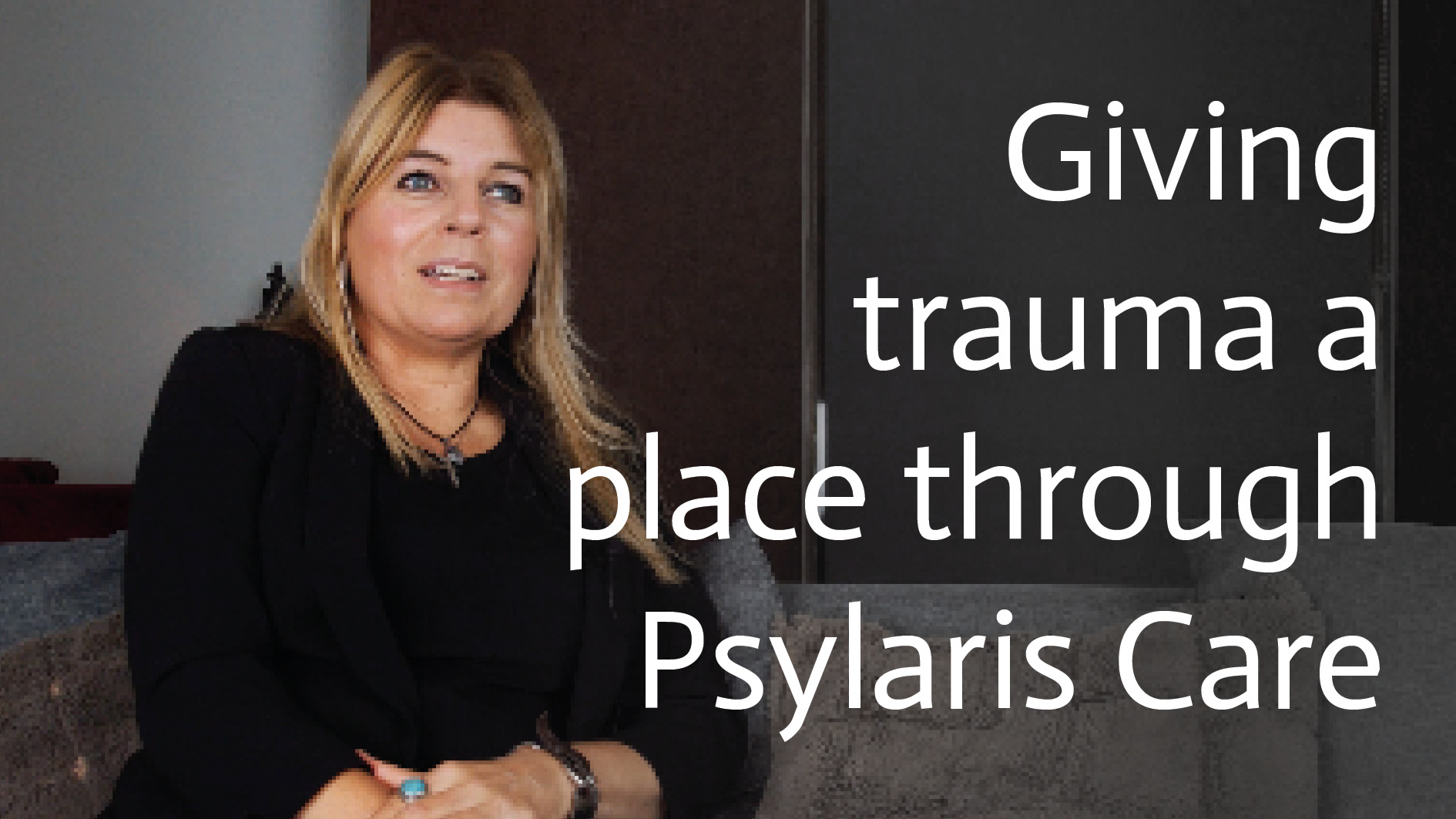Technological innovation in healthcare has been a hot topic for years. And that this will continue to be the case for some time, became clear a fortnight ago during the tech showcase event CES Unveiled Amsterdam, where we were invited by StartUpDelta to present ourselves.
This exhibition once again proved how fascinatingly fast technology is developing. The applications for healthcare (e-health) alone are endless: from, for example, smart sensors and clocks to sleep robots and Virtual Reality (VR) in pain management.
Not only are there more solutions, but thanks to Artificial Intelligence (AI) they are becoming smarter. Technology will be able to take over a large part of the work that is currently done by people, and probably better. In fact, this is already happening on a significant scale. Think, for example, of the treatment of addiction and anxiety disorders by means of VR.
Ok, you may think, sounds interesting, but is that actually good news? And:
- As a healthcare provider or therapist, won't I soon be totally superfluous?
- I didn't choose this profession to delve into complicated IT, did I?
- Do you know how busy I am!
These are legitimate questions and concerns, as it is not necessarily an easy subject. In addition, it is so new that it can be difficult to imagine and see the benefits for your clients, or to determine your first step.
But at the same time, the new technology offers many possibilities and opportunities. You will soon be able to offer your clients even better treatments, and you will distinguish yourself from the rest in no time. Besides, whether you are enthusiastic or not, it is coming anyway.
That is why we are happy to help you on your way with 3 tipsso that you can take your first steps now and lead the way with confidence.
Define your needs clearly - with the client at the centre.
Innovating for the sake of innovating is not doing anyone any favours. It is therefore important to have a clear idea of how you can improve your clients' treatment. Perhaps something springs to mind straight away, but perhaps not. Either way, we encourage you to investigate. This can be as simple as asking the client directly, getting your staff around the table or talking to an expert.
Think big, start small.
Based on the previous step, you may have a great, groundbreaking idea in your head. Do not hesitate to think big, because given the speed at which technology is developing, a lot is possible. But don't forget to take small steps. Keep experimenting and fine-tuning until it works exactly as it should for your clients. Do you work in a larger organisation? Then regularly involve your staff and ask for their feedback. You might also consider setting up an initial test group of clients who can work with digital tools.
Get in early and become an innovation partner.
Finally, we recommend that you look at those solutions that are still being developed. Your critical attitude and wishes help shape the application. At Psylaris, for example, we are in close contact with the clients who are joining us now. They regularly provide us with practical information, which we can use to directly improve our EMDR-VR therapy. Does the client understand what he has to do, for example? Do they get stuck somewhere along the way? Based on the feedback, we adjust the product again, making it more and more effective.
If you are curious and would like to talk further about the possibilities of VR therapy for your company or organisation, you can. Send an email to info@psylaris.com.








